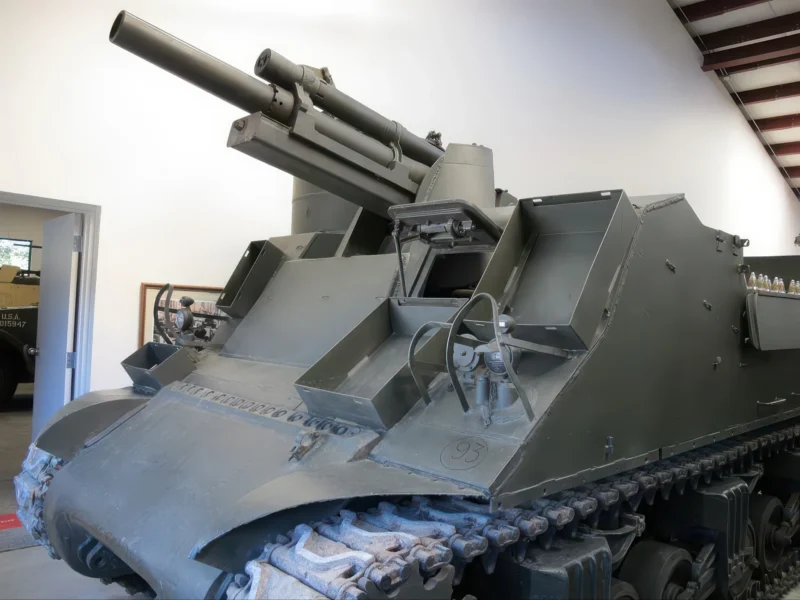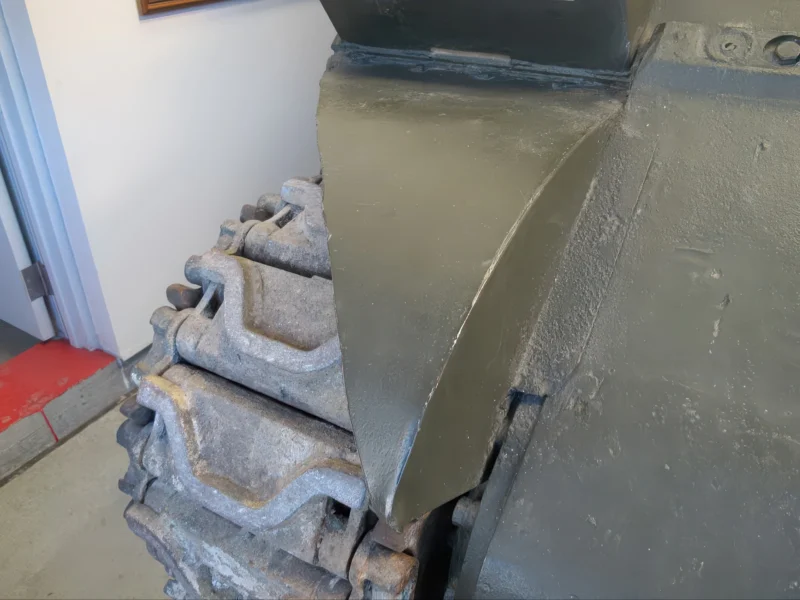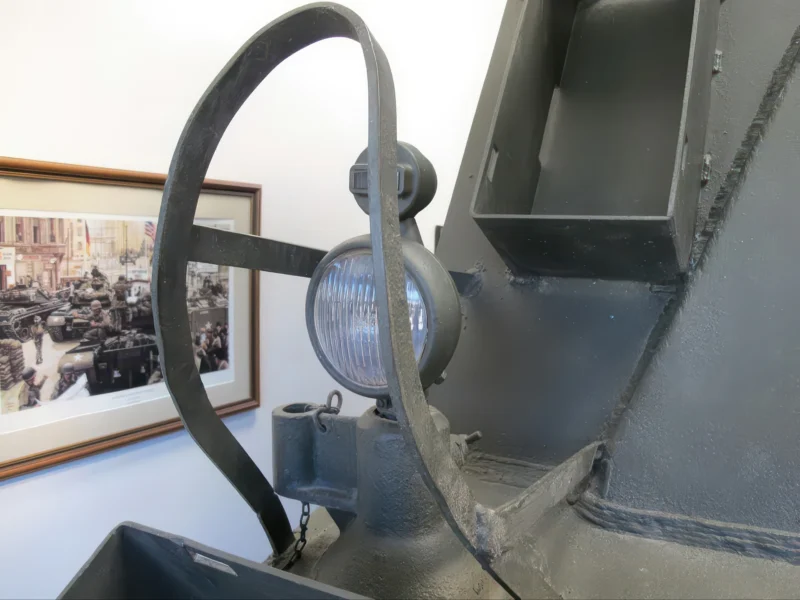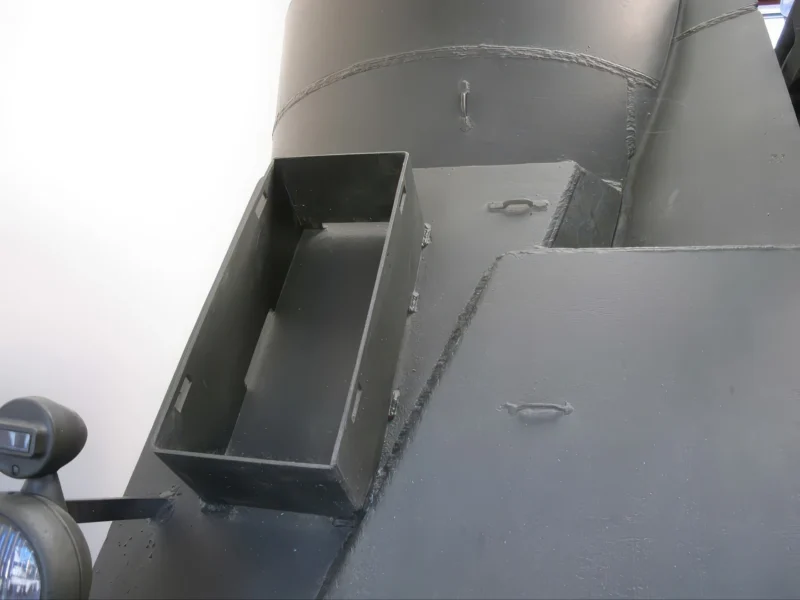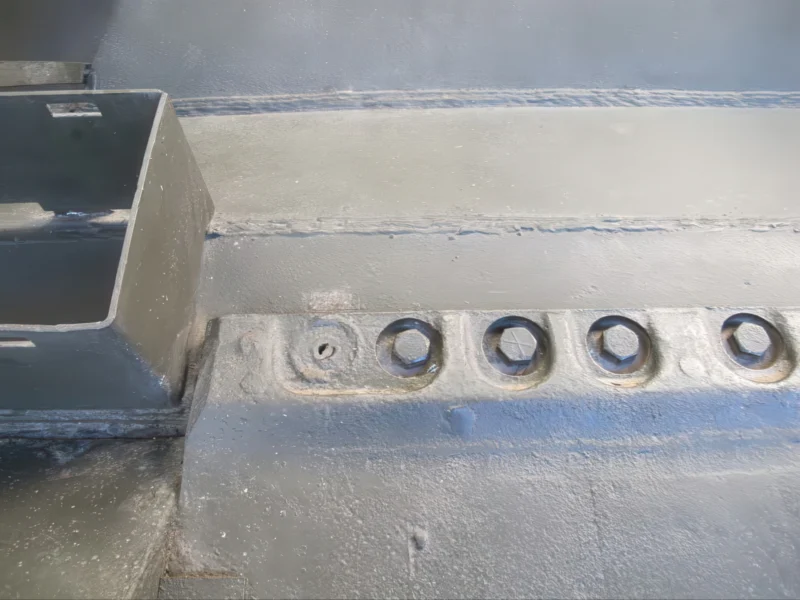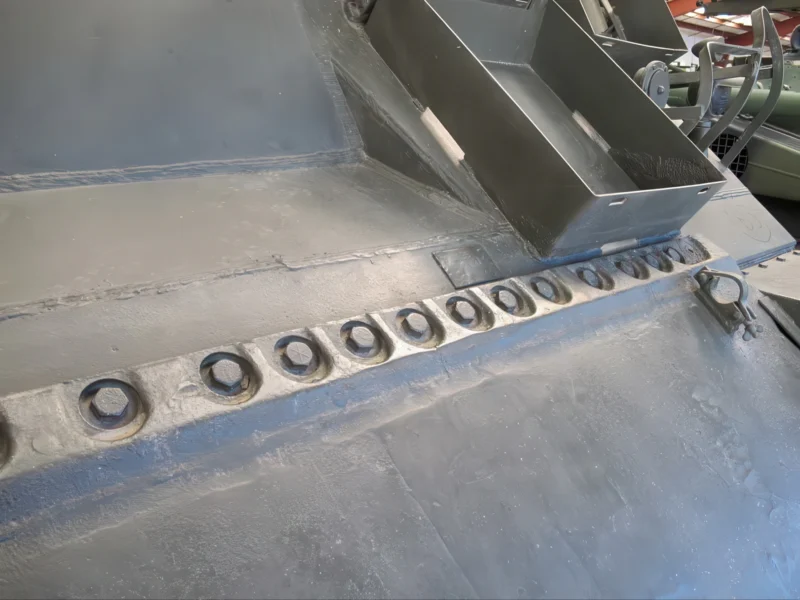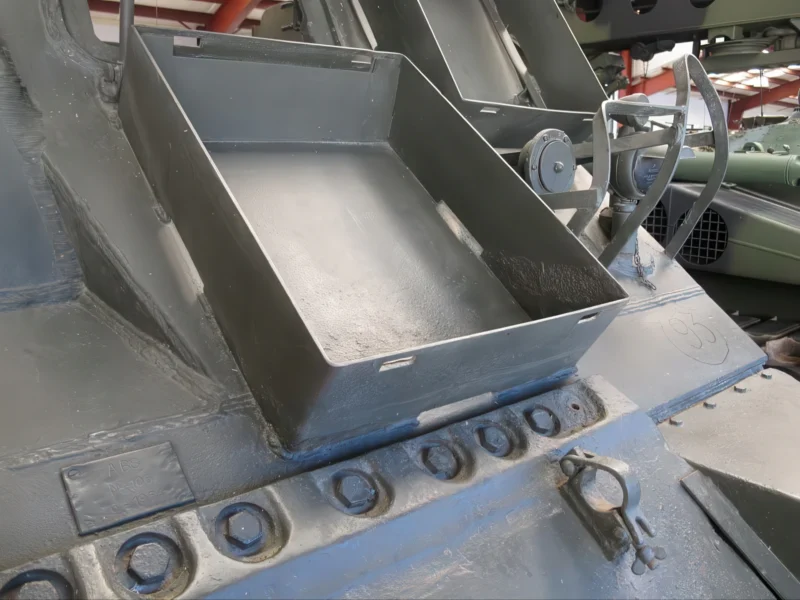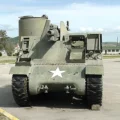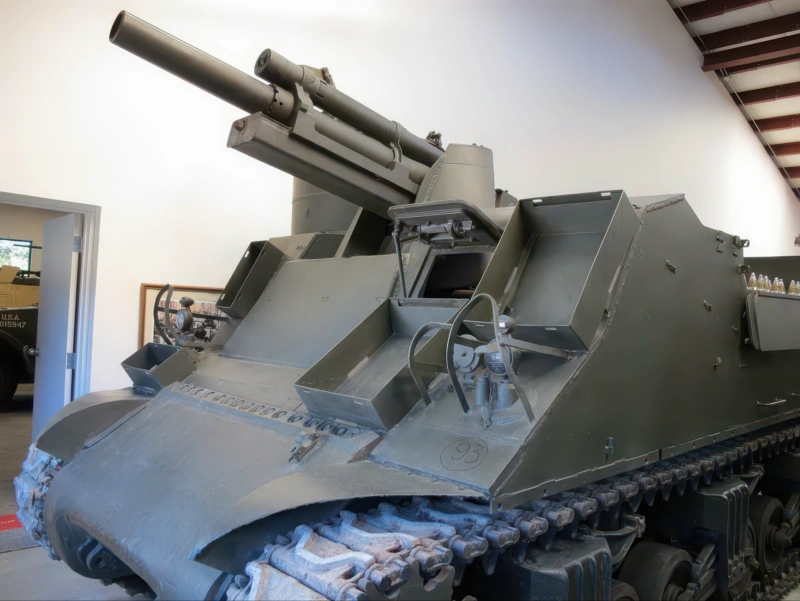
M7B2 Priest | |
|---|---|
| Pays | USA |
| Period | Korean War |
| Type | Self-propelled gun |
| Description | Album de 131 walk-around photos of the self-propelled gun "M7B2 Priest" |
Photo Gallery on an M7B2 Priest, officially named 105mm Howitzer Motor Carriage M7, the M7 Priest is a self-propelled gun produced during World War II by the United States. Priest is the nickname given by the British, due to the fact that the machine gun placed on a rail gave the impression that the tank was equipped with a pulpit. It followed the Bishop English and they officially eded it 105mm SP Priest. (The British liked to give names related to religion to their self-propelled guns (Priest - priest, Bishop , bishop, Sexton - sacristan), a tradition that lasted until the 1960s with the Abbot (abbot).) Version M7B2 : During the Korean War, the limited elevation of the howitzer became a real problem, and it was increased to 65 degrees. The machine gun mount also had to be improved to give the ability to fire 360 degrees. This problem stemmed from the fact that most of the Time the Korean conflict took place in hilly terrain, with the North Koreans deploying their artillery pieces on the hilltops north of Seoul.
Source: M7B2 Priest on Wikipedia
See also:
The M7 Howitzer Motor Carriage, better known by its British service name the “Priest,” was a highly successful American self-propelled artillery vehicle. It was developed and produced during World War II to provide a mobile, armored platform capable of offering close fire support to advancing armored divisions and infantry units.
Key Features and Specifications
- Role: Self-propelled artillery/howitzer.
- Main Armament: A powerful 105mm M2A1 howitzer, capable of firing high-explosive, smoke, and anti-tank rounds.
- Ammunition Capacity: Carried up to 69 rounds for the main gun.
- Secondary Armament: A .50 caliber M2 Browning heavy machine gun, mounted in a circular “pulpit” cupola. This distinctive mount is what inspired the British nickname “Priest.”
- Chassis:
- M7 (Early): Based on the modified chassis of the M3 Lee medium tank.
- M7B1/M7B2 (Later): Based on the chassis of the M4 Sherman medium tank.
- Crew Protection: Featured an open-topped fighting compartment with a steel superstructure. This provided protection from small arms and shell fragments but left the crew vulnerable to air bursts.
- Mobility: Fully tracked, allowing for good cross-country movement and the ability to keep pace with mechanized forces.
Combat Service and Legacy
The M7 Priest first saw combat with the British Eighth Army at the Second Battle of El Alamein in late 1942. It was widely used across all major theaters of operation, including North Africa, the Mediterranean, Northwest Europe (Normandy), and the Pacific.
Its operational success lay in its “shoot-and-scoot” capability, which allowed it to quickly fire barrages and relocate before enemy counter-battery fire could zero in. The Priest’s design and performance cemented the need for self-propelled artillery in modern mechanized warfare. It continued to serve beyond World War II, seeing action with US forces and allies during the Korean War.
Views : 3128
